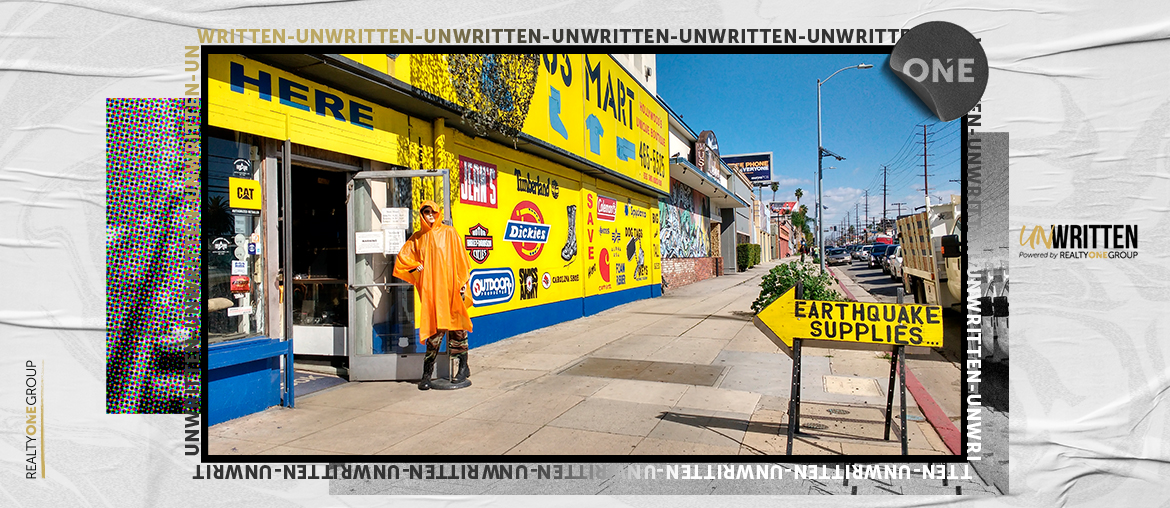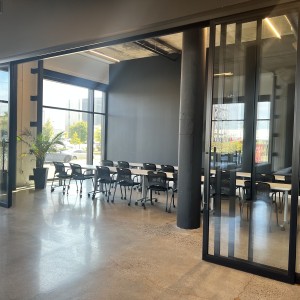
For California residents, the threat of earthquakes is all too real. For homeowners, it plays a major role in buying and/or selling a home. Let this be a guide for homeowners when disclosing earthquake fault zones, but also a tool to help prepare for the future because unfortunately earthquakes will happen in California.
Earthquake Fault Zones (One of the 6 State of CA required Natural Hazard Disclosures)
- Discloses potential for fault rupture and fault creep.
- Does not indicate all zones of strong ground shaking.
- Fault zones are generally designated to be 660 feet (1/8th of a mile) on either side of the fault trace.
- Active faults – faults that indicate surface rupture within past 11,000 years.
Earthquakes will happen
- California has been prone to serious earthquakes in recent years. Most recently there have been a number of smaller ruptures along the southern portion of the San Andreas Fault.
- During a major earthquake, you may hear a roaring or rumbling sound that gradually gets louder. You may feel a rolling sensation that starts out gently and within a second or two grows violent, or you may first be jarred by a violent jolt. A second or two later, you may feel shaking and find it difficult to stand up or move from one room to another.
- The key to surviving an earthquake and lowering your risk of injury is in planning, preparing and practicing what you and your family will do if it happens.
Develop an Evacuation Plan
- After an earthquake occurs, you may need to evacuate the damaged area. By planning and practicing for evacuation, you will be better prepared to respond to signs of danger or to directions by authorities.
- Make a list of important information and put it in a secure location. Include on your list:
- Important telephone numbers (police, fire, paramedics and medical centers).
- Names, addresses and telephone numbers of your insurance agents, including policy types and numbers.
- Telephone numbers of electric, gas and water companies.
- Names and telephone numbers of neighbors.
- Important medical information, such as allergies, regular medications, etc.
- Vehicle identification number, year, model and license number of your automobile, boat, RV, etc.
- Bank or credit union’s telephone numbers, account types and numbers.
- Gather and Store Important documents in a Fire-Proof Safe
- Birth certificates.
- Ownership certificates.
- Social Security cards.
- Insurance policies.
- Wills.
- Household inventory, including:
- List of contents.
- Photographs of contents in every room.
- Photographs of items of high value, such as jewelry, paintings and collectors’ items.
There are things you can do, even while an earthquake is happening, that will lower your chances of being injured
- Take cover under a heavy desk or table.
- Inner walls or door frames are the least likely to collapse and might also shield against falling objects.
- Stay away from glass and hanging objects, bookcases, china cabinets or other large furniture that could fall.
- Use a blanket or pillow to shield your head and face from falling debris and broken glass.
- If you are in the kitchen, quickly turn off the stove.
Checking Utilities
- An earthquake may break gas, electrical and water lines.
- If you smell gas: open windows, shut off the main gas valve, do not turn any electrical appliances or lights on or off, go outside, report the leak to authorities and do not re-enter the building until a utility official says it is safe.
- If wiring is shorting out, shut off the electric current at the main box.
- If water pipes are damaged, shut off the supply at the main valve.
What should you have in your earth quake safety supply kit
- Keep at least a three-day supply of water per person (a gallon per person per day)
- Store at least a three-day supply of non-perishable food
- Have a First aid kit available
- Battery-powered radio
- Flashlight
- Extra batteries
- Infant formula and diapers
- Fire extinguisher
- Prescription medications
- Pet food
- Extra clothes
- Bedding/sleeping bags
To learn more, visit: https://www.onedisclosure.com




